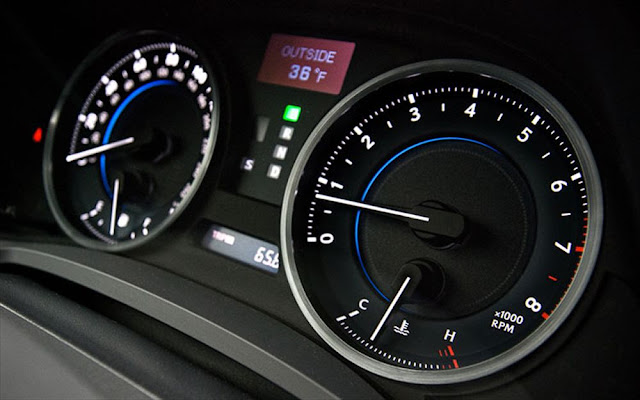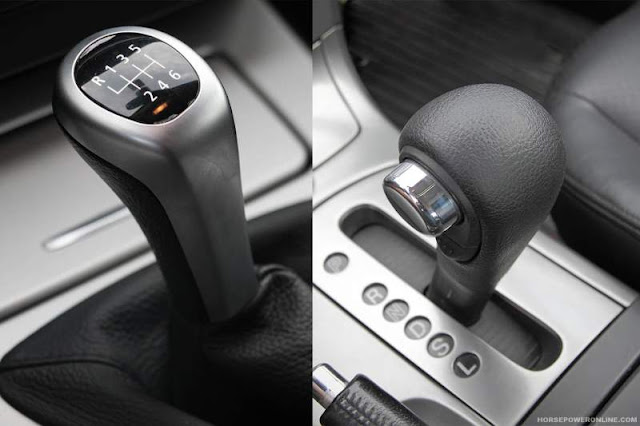At least one auto myth is correct !
Okay, it’s time to debunk that widespread myth, shall we? Modern automatics, contrary to the old-fashion beliefs, give you better fuel economy numbers than its twin equipped with a manual transmission. CVTs (continuously variable transmissions) is the transmission that hybrids use, but is also increasingly used to improve the fuel economy of the conventional vehicles. However, consumers have been turning down the CVTs, claiming that they prefer the control and the overall feel of the manual transmission. And interestingly, the dual-clutch automatics also available today are often met with criticism, despite that they give the option to be manually shifted.
6. Myth - The size of the car is correlated to its fuel economy levels
As while in the past having a smaller car was correlated to the low fuel consumption of the vehicle with the arrival of modern technologies things have changed. And while the most efficient petite non-hybrid car is the 40 mpg Mitsubishi Mirage, looking at EPA’s top 10 list – about 50% of the featured cars are 2016 model year midsized vehicles to large cars and wagons. The midsize hybrid Toyota Prius (50 mpg) is a chart cracker followed by the midsized sedan 2016 Chevy Malibu Hybrid projected to get 47 mpg, that’s much more spacious, comfortable and safe than most econoboxes offered on the market. Also, apart from hybridization, other modern fuel-saving technologies are turbocharging, direct injection, low rolling resistant tires, and even diesel engines.
It’s important to know that the fuel economy certification indicates the relative efficiency of the vehicle rather than a fixed number. EPA has also made it clear by stating that ‘The primary purpose of EPA fuel economy estimates is to provide consumers with a uniform, unbiased way of comparing the relative efficiency of vehicles. Even though the EPA’s test procedures are designed to reflect real-world driving conditions, no single test can accurately model all driving styles and environments.’ And we can’t really expect that anyone would be able to take into account all variables, having in mind that we drive differently, in disparate environments, and use different type of gas. A great example EPA gives is that if you use ethanol at a 10 percent mix with regular gas you can actually decrease fuel economy by around 3 percent.
Lets debunk the last few myths!
2/3
4. Myth - Starting a car takes more fuel than idling
With the exceptions of waiting in a line or traffic, for better fuel economy you have to turn off the engine when you’re standing still. Idling may cost you 1-2 cents per minutes, using approximately quart to a half-gallon of fuel per hour. The great news is that modern engines start very cost-effectively, especially when previously warmed.5. Myth - Manual transmissions get better fuel economy than automatics
6. Myth - The size of the car is correlated to its fuel economy levels
As while in the past having a smaller car was correlated to the low fuel consumption of the vehicle with the arrival of modern technologies things have changed. And while the most efficient petite non-hybrid car is the 40 mpg Mitsubishi Mirage, looking at EPA’s top 10 list – about 50% of the featured cars are 2016 model year midsized vehicles to large cars and wagons. The midsize hybrid Toyota Prius (50 mpg) is a chart cracker followed by the midsized sedan 2016 Chevy Malibu Hybrid projected to get 47 mpg, that’s much more spacious, comfortable and safe than most econoboxes offered on the market. Also, apart from hybridization, other modern fuel-saving technologies are turbocharging, direct injection, low rolling resistant tires, and even diesel engines.
7. Myth - EPA window stickers are a form of guaranty on fuel economy
2/3






